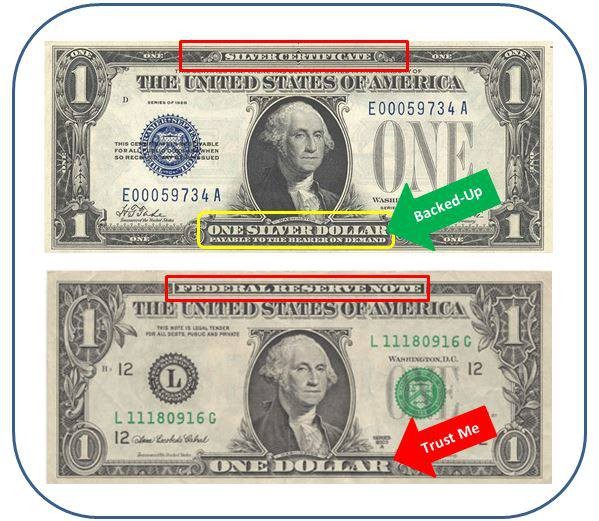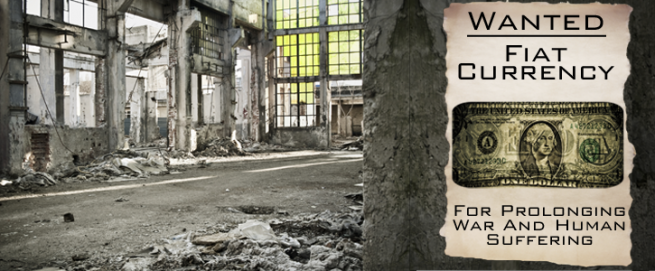What Is Fiat Currency
Post on: 16 Март, 2015 No Comment

August 12, 2012 by Guest Author
Fiat currency is a term that is used to describe a currency which is created by fiat or arbitrary order or decree of the government. It is not created by the free market or backed by anything like gold, silver or real estate. It is essentially an IOU- nothing. A lot of people do not realize that every currency in the world today is considered to be a fiat currency. (Although the Chinese may be working on creating a gold backed currency and several OPEC countries have considered it as well). The US dollar, the euro, the Great Britain pound, the Japanese Yen, and the Australian dollar are all fiat currencies, to name a few. Since everyone uses this type of currency, why is it such a big deal?
Why Its Important
When you stop and think about the idea of fiat currency, you can see that there would be a few potential issues that could lead to problems. With a fiat currency. someone in charge is essentially going to say that they want to create a certain amount of money. Theres nothing backing the currency, other than the governments credit.
With this type of system, someone is going to be given a lot of power to basically create money out of thin air. With the current system, the central banks have the power to do this. How does the system determine how much money is going to be created, and when will it be produced, is there any checks and balances in the system?
Another issue with fiat currencies is that it is difficult to determine which currency is worth more than another one. Since all of the fiat currencies are created out of nothing, how can you figure out which currency is worth the most? Currently it is handled by currency traders through an open auction system, similar to how a stock is valued. Primarily, the value of the currency can be determined by the strength of the economy, but in the short run many other variables go into determining the value. Factors like retail sales, new home sales, non-farm payroll, and the sentiment of traders in the market can all have a short-term effect on the value of the currency.
You would think countries would want their currency to be more valuable, but often countries adjust their money supply in an effort to drive the value of their currency down, so that their exports will be cheaper than other countries and thus they will have full employment. Unfortunately, there is a flip side to this in that their imports will be more expensive. Other reasons they may increase the money supply is to stimulate the economy or pay for debts the government afford to finance via taxes.

With all of these potential issues, it is easy to see why there are lot of skeptical people when it comes to the fiat currency system that we currently have.
How Did We Get Here
So how exactly did we get wrapped up in this fiat currency system? It really all started back in 1913, when Congress passed the Federal Reserve Act. This created the Federal Reserve system in the United States, which is the central bank of the country. At that time, the United States dollar was backed by gold. In 1944, many of the major countries of the world gathered for a meeting known as the Bretton Woods conference. They set up the International Monetary Fund and created some rules for the global financial system. This meant that other countries would peg their currencies to the U.S. dollar, and would buy and sell U.S. dollars to keep market exchange rates within plus or minus 1% of parity. Thus, the U.S. dollar took over the role that gold had played under the gold standard in the international financial system. For more information see Why Buy Gold? and The History of Gold Prices (and How We Got Here)
But this gave the U.S. an ability that no other country had, i.e. the ability to inflate their currency. The U.S. inflated their dollars and because of the peg to the dollar basically the other countries got the inflation. Obviously, the other countries didn’t appreciate this. By 1965 this became apparent as the free market value of gold was worth more than $35 an ounce. Then in 1971, Richard Nixon officially took the U.S. off of the gold standard by canceling a policy that allowed other countries to convert dollars into gold. At that point, the U.S. dollar officially became a fiat currency.














